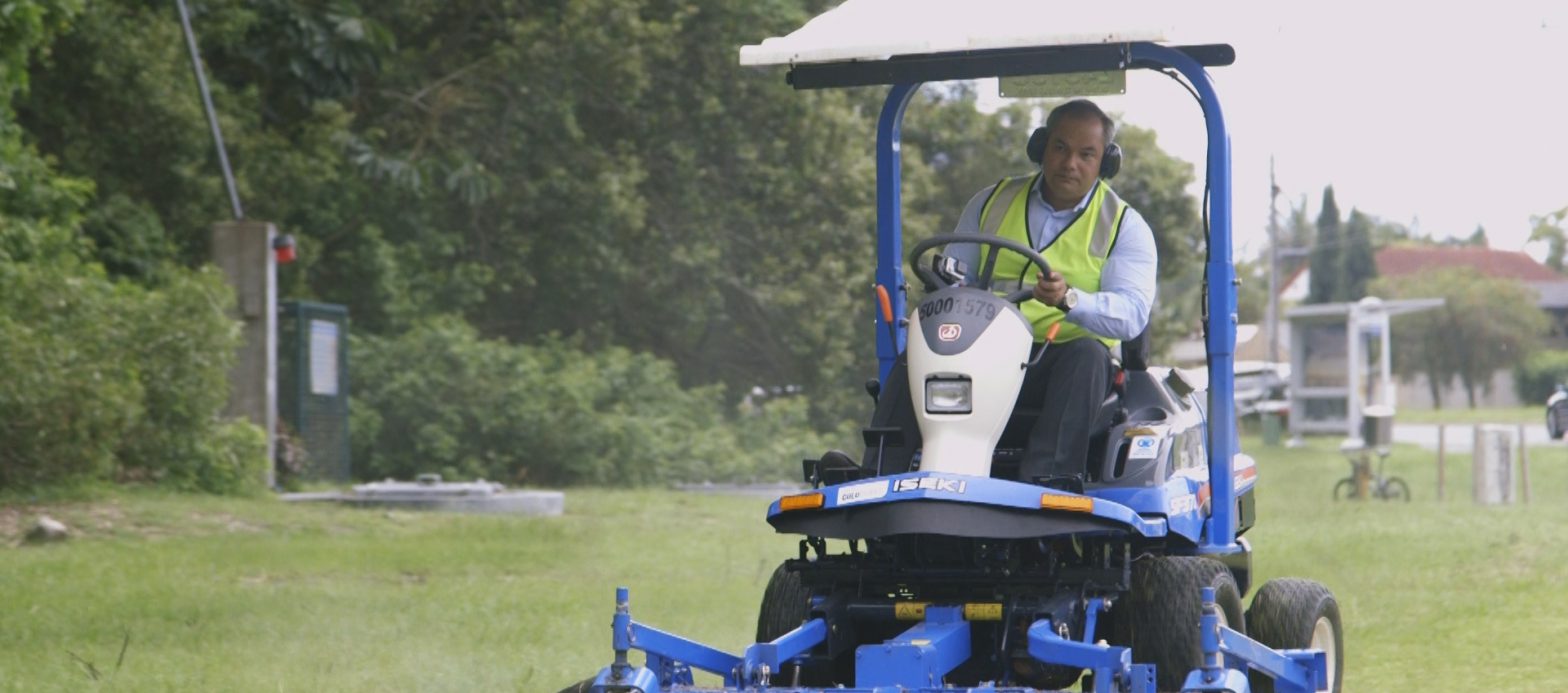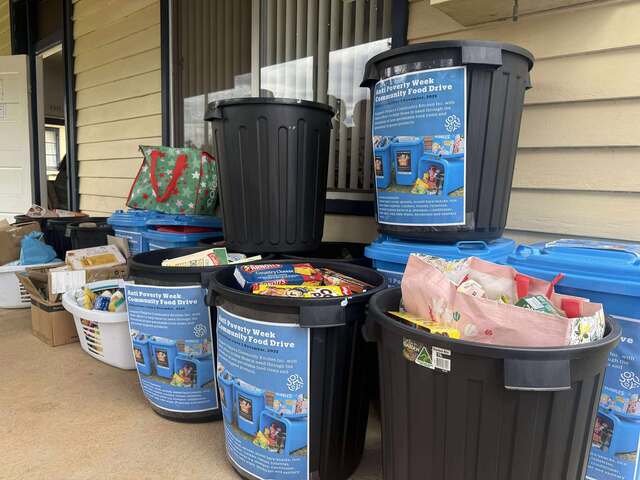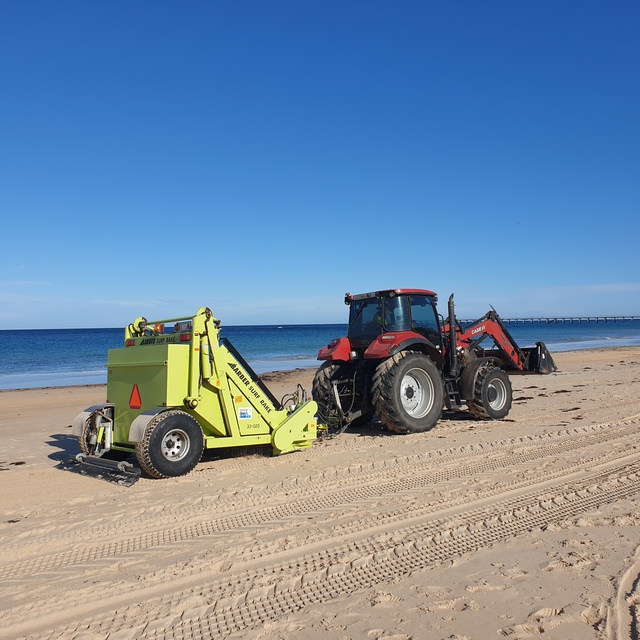Councils across Australia’s east coast are currently managing rapid grass growth after perfect growing conditions.
The City of Gold Coast have put contractors on a non-stop mowing program as they work to cut 33 million square metres of grass after the heavy rain over the holidays.
Gold Coast Mayor Tom Tate says there’s a lot of work to be done, but a continuous cycle of two-weekly mowing rotations will continue until the prolific growing conditions ease.
“Then we’ll have to start mowing all over again, it’s a bit like painting the Sydney Harbour Bridge.
“The storms we had not only saturated the soil, they also provided a growth spurt caused by the lightning, which triggered something called atmospheric nitrogen fixation, which produces a form of natural fertiliser”.
City of Gold Coast Parks Maintenance boss Peter Thomson says clipping won’t be gathered up and taken away.
“That’s something we’ve never done, simply because of the massive extra cost it would involve.
“The clippings are blown back onto the mown areas from roads and footpaths and break down quickly, recycling nutrients and removing the need for artificial fertilisers.”
Similar grass growth is being managed in New South Wales too.
Coffs Harbour City Council’s Director of Sustainable Infrastructure Mick Raby said that residents with a lawn should be noticing just how fast grass is growing back after being cut.
“Good rainfall from afternoon summer storms, combined with high temperatures and humidity, to provide excellent growing conditions for grasses across the city reserves.
“During this busy holiday time of year, Council has to prioritise the mowing of reserves which have the highest levels of use, places like family recreation and picnic reserves along our coastal areas, as well as children’s playground grass areas.
“Unfortunately, this can sometimes result in lower-use residential reserves and roadside areas being left for longer between cuts.”
“However, as well as mowing as many areas as we can, Council is actively undertaking a targeted ‘wick-wiping’ of some of our residential area reserves to target the tall weed grasses that grow quickly and can make a reserve look overgrown and untidy.”








